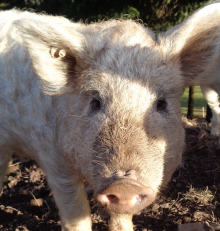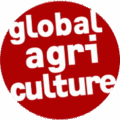
The genetic diversity of livestock can help feeding the world in the face of climate change, yet a substantial proportion of the world’s animal breeds remain at risk of extinction, the UN Food and Agriculture Organisation (FAO) has warned. According to the agency’s second report on the State of the World’s Animal Genetic Resources, increased global efforts are needed to safeguard the existing gene pool and to ensure that animal genetic resources remain available for future generations. “Genetic diversity is a mainstay of resilience and a prerequisite for adaptation in the face of future challenges,” FAO’s Director-General José Graziano da Silva said in the foreword to the report. “For thousands of years, domesticated animals, like sheep, chickens and camels, have contributed directly to the livelihoods and food security of millions of people. That includes some 70 percent of the world’s rural poor today,” he added. According to the report, 1,458 of the world’s farm animal breeds, about 17% of the total, are currently at risk of extinction, while the risk status of 58% is simply unknown due to lack of data on the size and structure of their populations. The main reasons for the continuing genetic erosion are cross-breeding, the increasing use of non-native breeds, the decline of traditional forms of production and neglect of breeds considered not competitive enough. Cross-breeding, embraced by countries which import genetic material to increase milk productivity and speed up growth, can lead to loss of valuable characteristics such as the ability to cope with high temperatures, limited water supplies, poor feed or high altitudes. Livestock’s roles in the provision of ecosystem services related to the regulation of ecological functions, landscape management and the provision of wildlife habitats remain under-researched and undervalued, the report says. One example is the Brazilian Pantaneiro cattle, a breed resistant to various parasite-induced diseases. Once common in the country, there are now only 500 pure-bred animals, threatening to erode the breed’s capacity to adapt and survive. However, there has also been some progress since countries and livestock breeders worldwide have increased efforts and established gene banks. The Hungarian Mangalica pig, for example, nearly went extinct when other pig species that produced more meat with less fat replaced it. The total population was down to less than 150 sows in the 1990s but thanks to the work of some breeders, the Mangalitza has been brought back from the verge of extinction. (ab)
